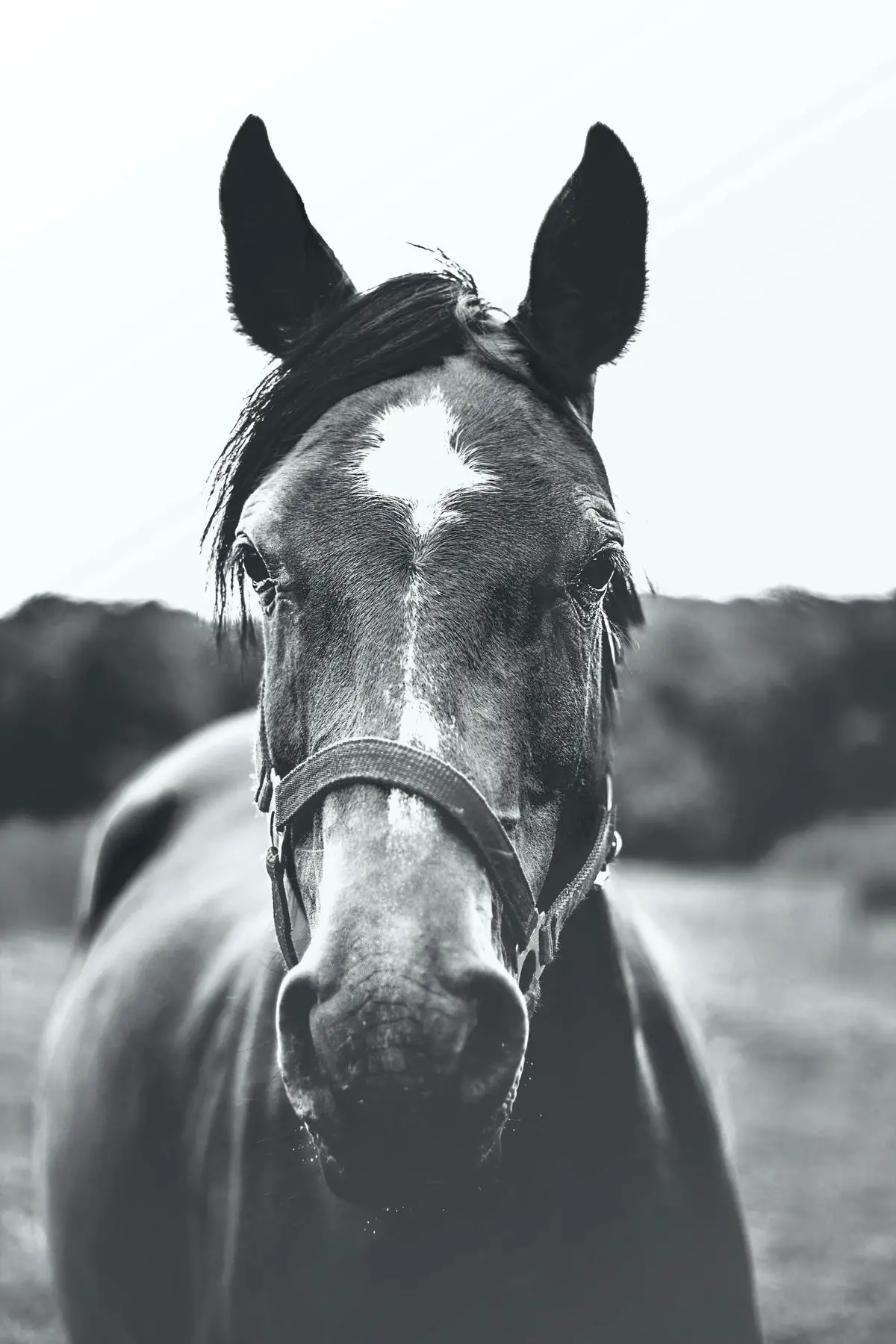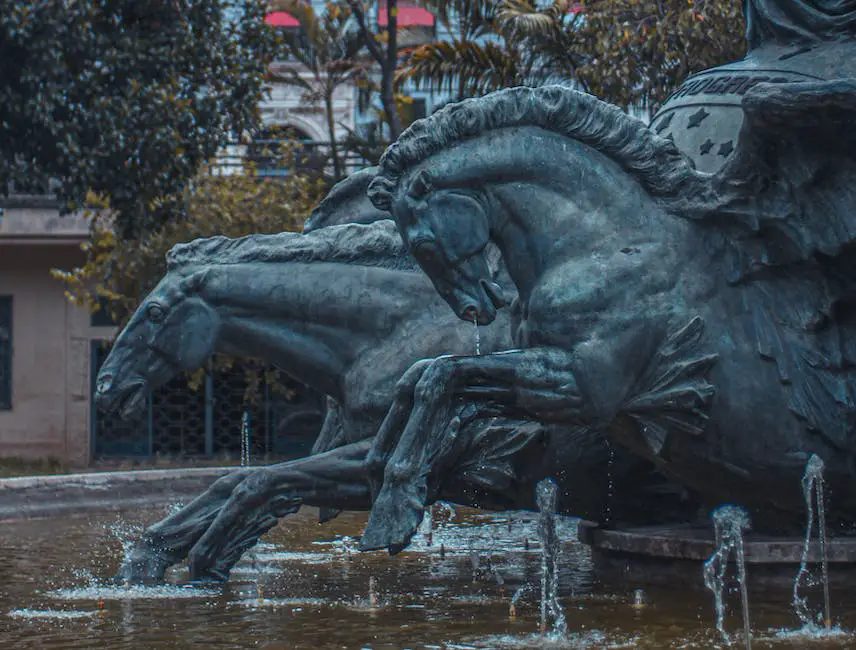A rich tapestry of history and heritage interweaves the narrative of Swiss native horse breeds, presenting a captivating journey of evolution, perseverance, and adaptation. Nestled in the heartland of Switzerland, these breeds trace their roots back to ancient breeding practices, embodying an enduring legacy and a testament to the country’s profound socio-cultural fabric. With distinct physical attributes, temperaments, and marked capabilities, these horse breeds serve as a living embodiment of Switzerland’s pastoral life, historical warfare, and more recently, their role in modern society. As we delve into the diverse world of Swiss equine species, we also highlight the importance of concerted conservation efforts, acknowledging the varying breed populations and the intricate intersection of preserving heritage and adapting to contemporary needs.
Table of Contents (Horspedia)
Historical Context of Swiss Native Horse Breeds
Historical Context of Swiss Native Horse Breeds
It is undeniably fascinating to delve into the historical context of Swiss native horse breeds. These creatures are integral elements of the rich tapestry that constitutes the cultural and biological diversity of Switzerland. As appreciators of history and genomic stability, offering reflection on the backgrounds, circumstances, and trajectories of these breeds fosters a more profound understanding of their current situation, aiding their preservation for future generations.
Among these symbolic breeds, the Freiberger horse, also known as the Franches-Montagnes, is the last remaining Swiss native breed. Bred in the Jura Mountains, the name Freiberger embodies the quintessence of this breed, directly translating as ‘Free mountain’. Traditionally, these horses were utilized in versatile roles including farming, transportation, and warfare. Evolved as hardy mountain horses, the Freiberger exemplifies Swiss resilience and adaptability.
Delving into the timeline, the 19th Century saw the introduction of Anglo-Norman stallions, intended to refine the Freiberger for more diverse roles. This fusion gave rise to an autonomous breed with improved bone structure and versatility, deemed the ‘father’ of the contemporary Freiberger.
Transitioning into the 20th Century, mechanization undermined the need for multi-purpose horses, instigating the reengineering of the breed. This saw the introduction of lighter, more agile horses like the Arab-Berber, refining the Freiberger’s disposition and competitiveness. The Freiberger thus continued to sustain its relevance in an ever-evolving landscape.
Interestingly, during the mid-20th Century, efforts to preserve indigenous traits led to the establishment of a closed stud book. In 1997, the decisive creation of two separate lines occurred: the heavy draft type and the light riding type. This strategic breeding management operation epitomizes the breed’s evolution, mirroring the complexities of historical change and adaptation.
It’s intriguing to note the intervention of the Swiss National Stud (SNS), instrumental in shaping the face of modern breeding. The SNS played a pivotal role in the 1990s, ensuring the Freiberger’s adaptive survival and sustainability. It introduced performance testing, diversifying selection pressure for the breed, contributing judiciously to refining the Freiberger’s structure and functionality, embedding a blend of agility, endurance, and docility in these noble beasts.
Although mired with changes and external influence, in its essence, the Freiberger remains an embodiment of Swiss vitality. Intriguingly, its journey is a testament to adaptive survival, presenting an engaging parallel to broader Swiss history, steeped in resilience and resourcefulness.
By offering an overview of this historical context, preservationists and equine enthusiasts can form a comprehensive understanding of the Freiberger, inspiring informed decision-making in breeding and conservation strategies, ultimately contributing to safeguarding this beacon of Swiss equine history.

Distinct Characteristics of Swiss Native Horse Breeds
Written in the voice of a dedicated scholar and researcher, let us delve deeper into Swiss native horse breeds particularly, the distinct characteristics that define them. It’s no secret that these indigenous breeds showcase equine diversity and uniqueness on the global scale. Chief among these breeds are the Freiberger, but also include the rarely talked about yet highly crucial Eringer and Hérens breeds.
Furthermore, a defining component of Swiss native horse breeds lies in their remarkable adaptability. Having thrived in the often harsh and challenging environment of the Swiss Alps, these breeds have developed incredible resilience and fortitude. The Eringer and Hérens breeds, for instance, are known for their robust health, rugged physique, and an unyielding nature suitable for harsh weather and steep terrains.
Closely linked to this is their inherent versatility as working horses. In stark contrast to many other European breeds that are singularly renowned for their speed, strength or endurance, Swiss native horses have historically been ‘jacks of all trades’. From tillage and other agricultural labor, hauling weights, to serving in cavalry, the Swiss equines have ably performed diverse roles, transforming with the needs and demands of their human caretakers.
Circling back to the Freiberger, the influence of Anglo-Norman stallions in the 19th Century refined the breed’s innate strength and stamina, while the introduction of sport horse bloodlines in the 20th Century injected a streak of nimbleness and elegance into the breed type. However, the Freiberger’s sturdiness, calm demeanor, and versatility maintained – traits inherent to Swiss horse breeds.
Current breeding efforts focus on preserving these original characteristics, with structures such as closed stud books that help maintain genetic purity. The Swiss National Stud, with its stringent breeding guidelines, has been instrumental in shaping modern Freiberger specimens. Yet, it is imperative to remember that other Swiss native horse breeds like the Eringer and Hérens also receive rigorous evaluation standards to ensure the preservation of their original traits.
Moreover, true appreciation and understanding of Swiss native horse breeds extend beyond merely recognizing their physical attributes. Just as the Freiberger is often regarded as an embodiment of Swiss vitality, likewise, each Swiss native breed symbolizes unique facets of the nation’s history, culture and identity.
The essence of Swiss native horse breeds emanates not just from their physical prowess, but also the centuries of Swiss tradition, history, and way of life that they represent. On that account, a profound understanding of their historical context is essential in discussing their identity, conservation, and breeding strategies. The creation of distinct lines and the preservation of these indigenous breeds is not merely a act of safeguarding a species, but also a fervent effort to protect, celebrate and perpetuate a vibrant piece of Switzerland’s rich heritage and identity.

Swiss Horse Breeds and Use in Modern Society
Swiss native horse breeds, particularly the esteemed Freiberger breed, have enjoyed a rich lineage, characterized by survival, adaptability, and exceptional cultural significance. Their continued usage in contemporary society leans heavily on the dogged resilience and adaptability that have been hallmark traits of these breeds. Today, they continue to serve us impressively in novel capacities and environments, a testament to their extraordinary versatility.
Despite the formidable challenges that mechanization brought in the 20th Century, Swiss native horse breeds have weathered tumultuous landscapes and evolved with the times. They exhibit an uncanny ability to adapt, fitting seamlessly into modern societal frameworks. This characteristic is not without its scientific intrigue, given the endurance it implies, underscoring its genetic flexibility. Their inherent characteristics highlight these horses’ remarkable ability to serve our human needs.
The nodded acknowledgement of Swiss native horses, and particularly the Freiberger breed, in diverse settings ranging from agriculture, light draught work, to sports and leisure activities underscores their inherent versatility. The Freiberger breed manifests its versatility in an impressive array of roles – mountaineering companion, competitive sporting partner, therapeutic facilitator and more. This has given way to a new line of scientific enquiry to better understand how this versatility is genetically mapped.
In an era where fast-paced advancements lean towards perceived efficiency, Swiss native horse breeds such as the Freiberger retain their value. To preserve such traits, breeding initiatives have sprung up, dedicated to preserving the original attributes of the Swiss native breeds. These efforts have paved the way for specific evaluation standards aimed at maintaining the breed’s features and simultaneously promoting survival.
These horse breeds stretch far beyond their practical applications, having carved themselves an immutable place in the fabric of Swiss heritage and cultural identity. They reflect the country’s tenacity and natural world, contributing to the national emblems of pride. The Freiberger, ‘the last light draught horse in Europe’, is emblematic of the Swiss determination, and the commitment to conservation and tradition.
Synthesizing the past with the present, the conservation strategies in place for Swiss horse breeds are a homage to their historical significance and a way to consolidate their place in future contexts. By understanding their unique historical context, conservationists aim to strike a balance between allowing the natural evolution of the breed while preserving its core tenets.
In the contemporary panorama, the indispensable role that Swiss native horse breeds play in ecological, economic, and social dimensions is not underestimated. Their unique genetic diversity provides potential answers to future environmental and societal changes. The Swiss native horse breeds illuminate, in quite spectacular fashion, the symbiotic relationship between animal science and society, and their continued relevance in our world today. With the interplay of history, adaptability, versatility, and cultural symbolism, they stand as robust embodiments of conservation biology in action.

Photo by josephineamaliepaysen on Unsplash
Conservation Status of Swiss Native Horse Breeds
Commencing the inquiry into the contemporary status of Swiss native horse breeds conservation necessitates the examination of the current position of the most emblematic of them all: the Freiberger. Today, it is formally recognized as the only indigenous horse breed of Switzerland. Its endurance, adaptability, and overall vitality have substantiated this distinction, admiration, and popularity vested upon it – an archetype of the Swiss horse.
The present conservation status of the Freiberger horse is classified as “not at risk” by the Swiss Federal Office for Agriculture. This is indicative of the perseverance of a structured and regimented breeding program, strongly influenced by institutions such as the Swiss National Stud Farm and diverse breeders’ organisations. Meanwhile, it also strikes an emphasis on the need for ongoing concerted breeding efforts to protect this invaluable swiss horse heritage.
Several measures and programs have been implemented to retain the breed’s diversity and authenticity. Paramount among them includes the project “Conservation of the genetic diversity of the Freiberger horse”, initiated by Agroscope and the Federation of Swiss Horse Breeders. The project bases on strategies to conserve genetic diversity and reduce inbreeding through a selection index, reinforcing the breed’s resilience over generations, while maintaining the native features that make it quintessentially Swiss. Through continuous characterization and monitoring of the breed’s genotypic range, this project promises the preservation of the genetic diversity and improvement of the breed’s adaptive capabilities.
Complementary to this effort, breeding performance tests (BPT) have unparalleled importance in determining the breed worthiness of individual horses. The rigorous testing facilitates selection for advantageous traits such as durability, agility, and fertility, while also contributing to the evolutionary improvement of the breed.
Regulation and evaluation of breeding lines are also significant determinants in conserving the Swiss horse breeds. Acknowledging this, two independent lines, the “Heavy Draft” and the “Light Draft”, were established in an attempt to preserve the breed’s versatility. The consistent revaluation of these established breeds outlays effective design in the management and preservation efforts of these Swiss equine ambassadors.
Educational endeavors have also been initiated to bring about public awareness about the Swiss horses. Encouraging the understanding and appreciation of the breed’s rich history, versatility, adaptability, and significance in Swiss cultural heritage, such eventful pursuits invoke a societal responsibility towards the preservation of these breeds. It is an investment not just in these extraordinary animals but also in the heritage, identity, and future of Swiss society.
Lastly, the recognition and inclusion of Swiss native horse breeds in the Inventory of Genetic Resources in Switzerland (GENRES) further solidifies the efforts toward their conservation. As a unified approach to conservation biology, the GENRES offers comprehensive data about the resources and original diversity of these breeds. It establishes further opportunity for sharing practices and strategies to preserve these magnificent beings.
In essence, the conservation status of Swiss native horse breeds, specifically the Freiberger horse, is a testament to the relentless pursuit of preservation, authentication, and improvement. Forging an interplay between animal science, cultural preservation, and conservation biology, the practices adopted ensure the continuity of these horses – the sturdy embodiments of Swiss vitality and heritage. Their future lies in a balance between respectful evolution and conscious preservation through integrative and adaptive scientific and societal endeavors. The profound significance of these breeds to the Swiss ecosystem, economy, and identity highlights the urgency and priority embedded in their conservation. The Swiss native horse breeds are not only a living link to the Swiss past but also a beacon of resilience, adaptability, and endurance guiding to a sustainable future.

The diverse tapestry of Switzerland’s equine heritage offers an inspiring journey brimming with resilience and transformation. Each Swiss native horse breed illustrates a unique chapter in this grand narrative, their individual traits and abilities underpinning their value in a shifting societal landscape. Steeped in history yet firmly rooted in the modern day, these horses are testament to the enduring vitality of Swiss culture. The future of these native breeds hinges on our commitment to conservation – an endeavour that presents its own challenges and rewards. Through this combined effort, we pay tribute to the past, celebrate the present, and gallop towards a future where traditions thrive alongside progress.
